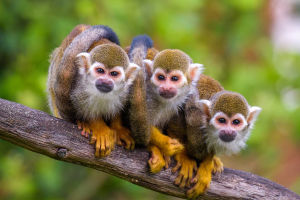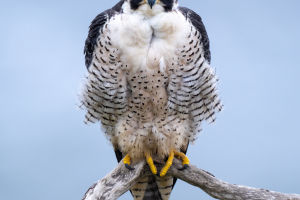Dragonflies are captivating insects known for their vibrant colors, fast flight, and unique role in ecosystems. With over 5,000 species globally, dragonflies inhabit areas near water bodies, like ponds, lakes, and wetlands, where they lay their eggs and complete their life cycle.
Often seen darting gracefully across water surfaces or perching on plants, dragonflies are both admired for their beauty and respected for their ecological contributions.
Physical Characteristics
Dragonflies are easily recognizable with their slender, elongated bodies and large, multifaceted eyes, which provide nearly 360-degree vision. Their two pairs of transparent wings allow them to maneuver exceptionally well, enabling them to hover, dart, and even fly backward. These impressive flying abilities make them efficient hunters, capable of catching their prey mid-air. Their size varies by species, with wingspans ranging from just a couple of inches to over six inches.
Life Cycle and Habitat
Dragonflies begin life as aquatic larvae, known as nymphs, which can spend several months to years in the water, depending on the species. Nymphs are also fierce hunters, feeding on small aquatic creatures. After this stage, they emerge from the water and shed their exoskeleton to become adults. Once they have reached maturity, adult dragonflies typically live for only a few weeks or months. During this time, they focus on reproduction, often returning to the same water sources where they were born to lay eggs and start the cycle again.
Ecological Role
Dragonflies play a vital role in maintaining ecological balance. As natural predators, they help control mosquito populations and other small insects, making them beneficial to humans and the environment. Their presence around water bodies also indicates a healthy ecosystem, as they thrive in areas free from pollution.
Symbolism and Cultural Significance
In various cultures, dragonflies symbolize transformation, adaptability, and resilience. In Japanese culture, they are associated with strength and courage, while Native American tribes view them as symbols of renewal and change. The dragonfly’s short lifespan also inspires some to see it as a reminder to live fully in the moment.
As a final thought Lykkers, Dragonflies are extraordinary insects, balancing beauty and functionality. As skilled hunters, indicators of ecological health, and symbols of transformation, they remind us of the intricate and interconnected world of nature. Whether admired for their stunning appearance or respected for their role in the ecosystem, dragonflies continue to capture human fascination and serve as reminders of the natural beauty around us.
10 Amazing Dragonflies Facts You Need to Know
Video by NQ fact channel


